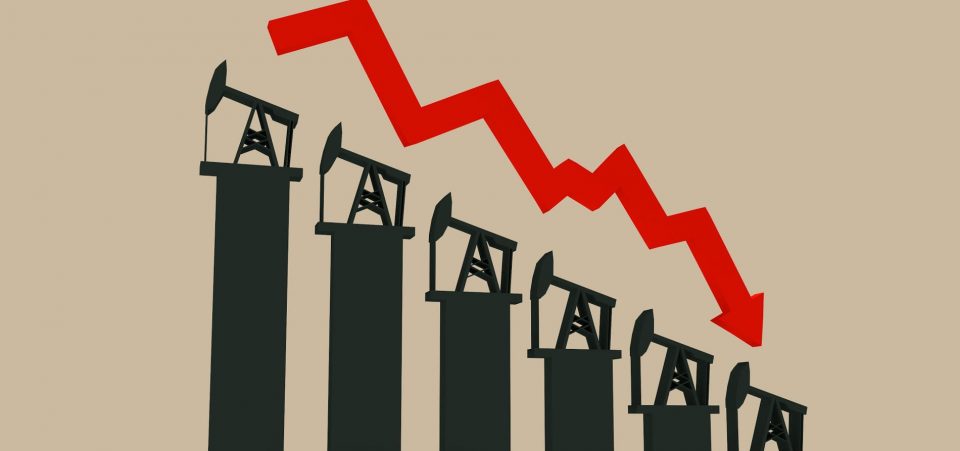Look at the Supply Side to See Where Oil Prices Are Headed in 2018
Bold prediction: Oil prices could be headed for a collapse in the latter half of 2018. Investors turning bullish on oil now, beware.
You see, oil prices have seen a rally over the past few months because of three main reasons: tensions in the Middle East, global growth optimism, and supply constraints due to an attack on a pipeline in Libya.
Beyond these three things, there really isn’t much.
The oil market has significantly changed. While the Middle East remains a major oil-producing region, there are other players in the markets as well.
U.S. and Canada’s Oil Production Soaring
Don’t disregard the U.S. when it comes to oil production.
In October of 2017, U.S. oil production amounted to 9.63 million barrels per day. (Source: “U.S. Field Production of Crude Oil,” U.S. Energy Information Administration, last accessed January 9, 2018.)
Putting things into historical perspective, the last time U.S. oil production was this high was back in the 1970s.
Here’s the thing; there’s one sleeping giant that investors shouldn’t ignore. It’s U.S. shale production.
Know that after the oil price crash in 2014 and 2015, U.S. shale production witnessed some headwinds. It wasn’t feasible to produce oil below $60.00. Now, we are above that level. So don’t be shocked to see shale production soar. This means more supply.
To give you an idea of how quickly oil production could increase, consider the rig count figure provided by Baker Hughes. As of January 5, 2018, there were 924 rigs operating in the U.S. This figure increased by 259 from January 6, 2017. (Source: “Rig Count Overview & Summary Count,” Baker Hughes, last accessed January 9, 2018.)
But the U.S. is just one place. Don’t ignore Canada.
As oil prices have increased, we see Canadian oil production increasing as well.
In 2017, on average, Canadian oil production was 4.18 million barrels per day. In 2016, the country’s oil production was 3.87 million barrels per day. Go back a little further to 2014 and oil production was 3.75 million barrels per day. (Source: “Estimated Production of Canadian Crude Oil and Equivalent,” National Energy Board, last accessed January 9, 2018.)
If oil prices go up further, it wouldn’t be surprising to see Canadian production soar further.
Where’s Oil Headed in 2018?
Dear reader, there’s basic economics at play here. I truly believe not much attention is being paid to the supply side of the oil market. Investors seem too focused on the current issues and completely disregard the big picture. When supply increases and demand remains the same, prices decline.
All of a sudden, we could have a supply glut at hand, just like how we had in 2014, and it resulted in a crash in oil prices.
I will end with this; the upside on oil is very limited while the downside is huge. 2018 could be written in the books as the year when oil prices crashed. If you own oil-related investments, it may not be a bad idea to take some profits off the table.






